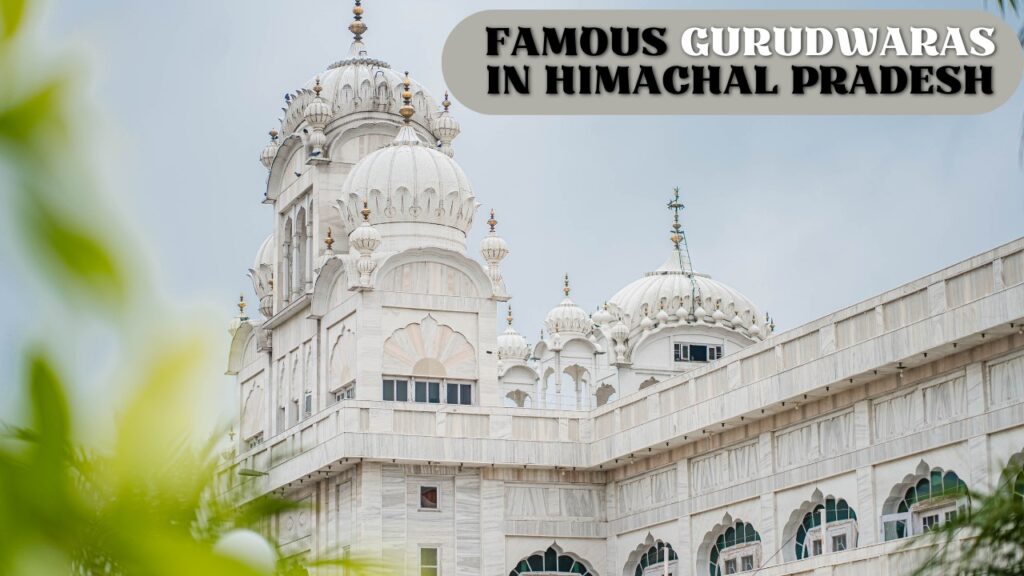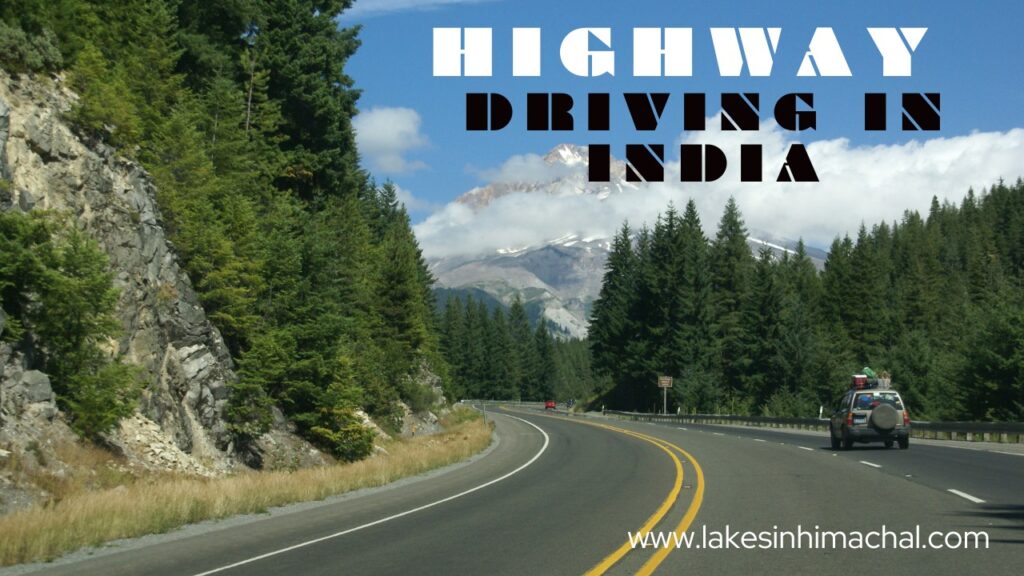Manali, more than just a breathtaking Himalayan escape, is a vibrant hub of culture and tradition. Located in the picturesque valley of Gods called Kullu Valley, Himachal Pradesh, this popular tourist destination truly comes alive through its diverse and spirited festivals and fairs. These celebrations, some unique to Manali and others shared with the wider Kullu district, offer an unparalleled glimpse into the soul of the region. Get ready to enthrall yourself in Manali’s cultural extravaganza as we explore its most significant annual events.
Table of Contents
ToggleWinter Carnival (January)
Kickstarting the year with unparalleled zeal is the Winter Carnival, one of Manali’s cultural extravaganza’s most anticipated events. This Five-day National-Level Sharad-utsav (Winter Carnival, Manali) is held at Manu Rangshala in Manali. The event, which was previously held in early January, was rescheduled in 2025 to 20 to 24 January to sustain tourist activity in the region beyond the New Year period. This grand celebration of winter is designed to promote local culture and boost tourism during the colder months.
- Cultural Programs: Expect a vibrant display of Himachali folk dances, especially the graceful Nati, alongside captivating music performances, street plays, and one-act plays by cultural groups from across the country.
- Competitions Galore: The carnival hosts an array of exciting competitions, including solo and group dance-offs, dazzling fashion shows, the prestigious Winter Queen beauty pageant, the Mr. Manali contest, and even thrilling skiing competitions in the nearby Solang Valley.
- Local Delights: Indulge your taste buds at stalls offering a delectable array of traditional Himachali foods and beverages.
Hadimba Devi Fair / Doongri Fair (May – June)
Among the most sacred events in Manali’s cultural extravaganza is the Hadimba Devi Fair, also known as the Doongri Fair. This annual celebration, usually in May, takes place at the ancient Hadimba Devi Temple, honouring Goddess Hadimba, Manali’s presiding deity and a significant figure from the Mahabharata.
- Profound Significance: This is a deeply religious and cultural event where locals offer heartfelt prayers and perform traditional rituals, sometimes including symbolic animal sacrifices.
- Vibrant Celebrations: The temple is exquisitely adorned with fragrant flowers, creating a truly divine atmosphere. Locals, dressed in colourful traditional attire, perform captivating folk dances to the rhythmic beats of local instruments like the dhol and nagara. Women, in particular, play a prominent role, organising and performing dances in honour of the revered goddess.

Losar/Fagli Festival (January End – March)
Manali’s cultural extravaganza also embraces the spiritual traditions of its Buddhist communities and Tibetans with the Losar Festival, marking the Tibetan New Year. Simultaneously, locals of Lahauli origin celebrate this as Fagli, signifying a shared spirit of renewal and festivity.
- Rich Celebrations: Homes and monasteries are meticulously adorned, and people don their finest traditional clothes. Special foods like “guthuk” are savoured, while festivities include vibrant parades, mesmerising traditional dances (including the elaborate “Chaam” masked dance), and the raising of colourful prayer flags. Monasteries serve as the bustling epicentres of these celebrations.
- People also engage in the ritual of soaking barley seeds in water basins to sprout green seedlings, symbolising hopes for a bountiful harvest in the coming year. This they exchange with each other while wishing Losar.
Kullu Dussehra (October)
While technically held in Kullu town, a short drive from Manali, Kullu Dussehra is an integral part of Manali’s cultural extravaganza, drawing visitors and locals alike. For 2025, it runs from October 2nd to October 8th, commencing on Vijay Dashmi and continuing for seven days.
- Unique Significance: Unlike Dussehra celebrations elsewhere in India, effigies of Ravana are not burned here. Instead, hundreds of local deities from surrounding villages are meticulously carried in elaborate palanquins to the Dhalpur Maidan, paying homage to Lord Raghunath (Lord Rama).
- Grand Spectacle: This week-long event is a spectacular display of cultural performances, soulful folk music, traditional dances, and a bustling market, making it an unforgettable experience.
Lohri (January)
Celebrated across North India, Lohri in Manali is marked with particular enthusiasm, especially by the farming community, symbolising an important facet of Manali’s cultural extravaganza.
- Harvest & Winter’s End: This harvest festival celebrates the fertility of crops and signifies the end of the harsh winter season.
- Festive Warmth: Bonfires are lit, around which people dance to lively folk music. Traditional treats like gajak, rewari, and til laddoos are joyously shared.
Baisakhi (April)
Also known as Shamshi Vishu in certain parts of Himachal, Baisakhi is a key event in Manali’s cultural extravaganza, marking the transition from winter to the warm embrace of summer, holding special significance for the agricultural community.
- Celebrations: Various fairs are organised, featuring competitive activities such as archery, wrestling, and vibrant dance performances. Deities from local temples are brought out for traditional rituals, adding to the spiritual atmosphere.
Phagli Festival (February – March)
Primarily celebrated in the Lahaul Valley, accessible from Manali, the Phagli Festival is a fascinating element of Manali’s cultural extravaganza, marking the arrival of spring and involving rituals to ward off evil spirits. This festival often coincides with the Losar (New Year) festival of the Himalayan Buddhists.
- Traditional Dances: Villagers dress in colourful attire and perform traditional dances like ‘Deo Khel’ and ‘Raksh Khel’, adding to the festive spirit.
Basant Panchami (February)
Basant Panchami beautifully heralds the arrival of spring in Manali’s cultural extravaganza. People dress in cheerful yellow, and temples are adorned with fresh flowers, signifying renewal and joy. Kite flying is also a common and delightful activity.
Holi (February/March)
The riot of colours that is Holi is celebrated with immense vibrancy in Manali, featuring music and dance. Popular locations like Old Manali, Mall Road, Solang Valley, Vashisht Village, and Naggar Castle host a variety of Holi events, ranging from lively music festivals to traditional community gatherings, making it a truly immersive experience in Manali’s cultural extravaganza.
Manu Rishi Temple Festival (August)
A deeply revered event within Manali’s cultural extravaganza is the Manu Rishi Temple Festival, held at the sacred Manu Rishi Temple in Old Manali, dedicated to the revered Sage Manu. It attracts countless devotees and features cultural performances, local fairs, and spirited processions.
Experience the Heart of Manali
Manali’s cultural extravaganza through its festivals and fairs offers a captivating and profound glimpse into the region’s spiritual beliefs, ancient traditions, and the genuinely warm, welcoming nature of its people. If you time your visit to coincide with any of these magnificent events, you are guaranteed a richer, more immersive, and truly unforgettable cultural experience.
Are you ready to plan your trip around one of these incredible celebrations and dive deep into Manali’s cultural extravaganza?





